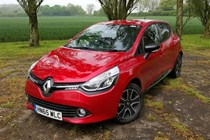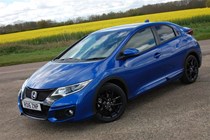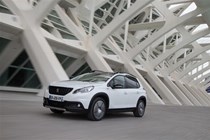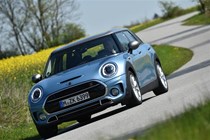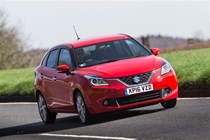Buying a car is very exciting, especially if you’ve had your eye on a particular model for a while. Although it’s easy to get swept up by the excitement, it pays to do a little research before you head off to the dealership.
To help you find a better deal and be prepared for when you go shopping for your next new car, here are five top tips you need to know before heading off to the forecourt.
1. The importance of the test drive
Before leaving home it’s important to take with you anything you use on a daily basis, like a pushchair so you can see how the car copes with your everyday life when you take a test drive. Also, make sure you take a car seat with you if you have children, it’s good to find out how easily it will fit.
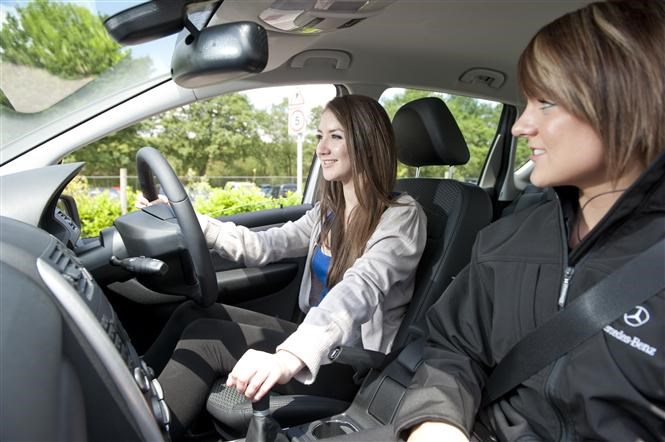
Ever heard the expression that two pairs of eyes are better than one? You’re more likely to spot defects with the car or any loopholes in the deal with friends and family with you.
Some car makers offer you the chance to take cars overnight, or even for a number of days at a time, so make sure you inquire about this. The longer you have the car, the more time you’ll have to find out how it suits you day-to-day.
2. Plan your budget and stick to it
Sales executives are trained to upsell options and packages to you, which can sometimes turn a good deal into one that is barely affordable.
Have a good look at your monthly finances before you leave home and be realistic about what is financially viable for you. Also, have a look at the current deals on manufacturer websites and print them off so you can show them to the sales executives as a haggling tool.
3. Considering car finance? Ask yourself these three questions before you leave home
Finance makes up a huge proportion of new car sales these days and you cannot switch the TV or radio on without hearing a new zero-percent deal or low monthly payment offer on a new car.

It’s important to have an idea of what type of finance is going to be best for you before you enter the dealership. Ask yourself the following three questions:
- Do you want to own the car at the end? If the answer is yes then you’ll need to be looking towards Hire Purchase (HP) deals as they’re almost always the most cost-effective overall – you’ll need a reasonably-sized deposit to get the best offers, though.
- How many miles do you want to drive each year? This is one of the biggest factors in what you pay each month – if you’re a high-mileage driver then Personal Contract Purchase (PCP) or HP is likely to be the best choice. If you’re only going to be doing short distances, then you could find a good leasing deal that could work out better value.
- How much deposit can I afford to put down? Bigger deposits usually mean smaller monthly payments and better AFR rates. Low or no-deposit deals will be pricier over the long term but allow you to drive away with a brand new car without spending months or even years saving. If you have a large deposit, make sure you check how much more it will cost to go for a hire purchase deal.
4. Buying used? Lumps, bumps, rust and engine issues – how to spot any problems
You don’t have to be a mechanic to spot underlying issues with a used car, there are a few tell-tell signs if you know where to look.
Firstly, we’d recommend inspecting the wheels and bumpers: if they’re damaged or scuffed then it might hint at more serious damage underneath the skin. Having a thorough look around the car will hopefully highlight any paintwork damage or rust.
Check the brakes too (when it is safe to do so of course). If you can find a quiet country lane, drive in a straight line and brake firmly. While out on the test drive, listen out for any knocking or vibrations too, especially when the steering wheel is on full lock. While driving select a high gear at a low speed and press the accelerator. If the engine gets louder but the speed doesn’t increase then there could be a problem with the clutch (on manual cars only).
Finally, make sure you start and drive the car when the engine is cold. Sometimes people will warm the engine up beforehand to hide mechanical issues.
5. Haggling is still very much alive
With car finance and set monthly schemes taking over such a large chunk of sales these days, people often think that the power of haggling is all but diminished.
That’s not the case, though.
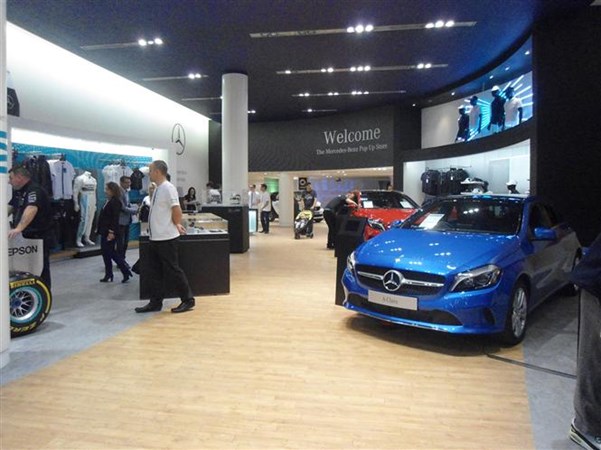
How much you pay each month may be set, there’s room to try and get optional kit thrown into the deal or cheaper servicing packages too. If you know exactly which car you want to buy, make sure you check out what its competitors are offering ,as this could be a good haggling tool.
For more help buying a new car and to help make the process easier, we’ve launched a new interactive car-buying guide designed to put you in the driver’s seat when it comes to getting the right price.
Click here to try out our new interactive car buying guide.
Need help choosing your next new car? These articles may help.
Hot hatches: six cars you don’t want to miss
Dawn of the SUV age: is it game over for hatchbacks?
Just so you know, we may receive a commission or other compensation from the links on this website - read why you should trust us.




